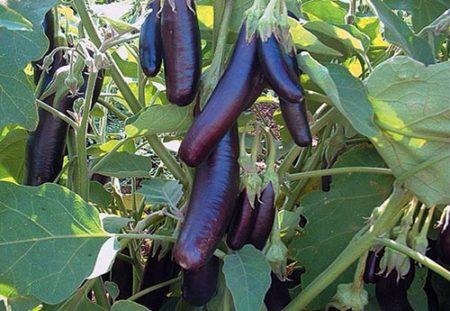 Of course, knowing about diseases of different cultures and about their prevention is much more profitable than treating them later. Therefore, to study information about eggplant diseases in the greenhouse (photo) and their treatment should be in advance. The excursion should begin at the time of sowing the seeds, because prevention, as a rule, occurs during this period.
Of course, knowing about diseases of different cultures and about their prevention is much more profitable than treating them later. Therefore, to study information about eggplant diseases in the greenhouse (photo) and their treatment should be in advance. The excursion should begin at the time of sowing the seeds, because prevention, as a rule, occurs during this period.
Not always able to keep under control every culture. It happens that already in the process of flowering or ripening of the fruits, the gardener notices that something is wrong with the eggplant. In such a situation, you need to understand what kind of disease the plants are attacking and how to act in order to cure it faster.
Eggplant diseases in the greenhouse photos and their treatment (videos, pictures, tips)
Blackleg
The fungus causes the development of this disease. Noticing it is quite simple, because the root neck begins to darken and tighten. Often on the dark parts of the plant a gray coating is also noticeable. If the plant is severely affected, then it begins to fade greatly due to the fact that the root dies. If the humidity is increased, then the black leg develops quickly and passes into the soil, posing a threat to other plants in the greenhouse.
What to do?
When grown in a greenhouse, it will be necessary to completely replace the soil. If it is technically impossible to do this, you need to resort to disinfection. For ten liters of water, 200 grams of bleach is diluted. The diseased plant can no longer be saved, it must be removed immediately.
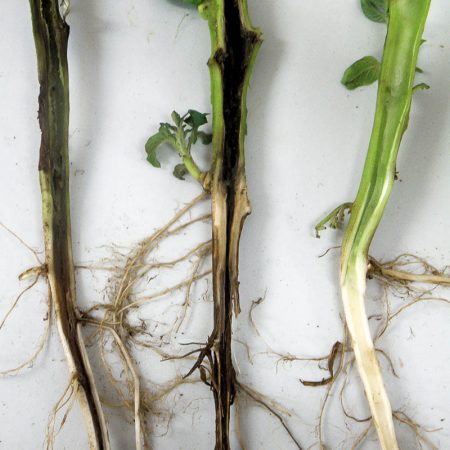
Black spotting (bacterial)
From the name it’s clear that the disease is caused by bacteria. Eggplant growing in open or closed ground is equally prone to black spotting. Lesions are noticeable on the green parts of the plant and can appear regardless of the growth period. Dark spots appear on the green part, which gradually increase in size. At first they are only 2 mm, and then they can reach 6 cm.
If black bacterial spotting began in a young plant, then, most often, it will die. Surviving specimens will bear fruit, but small and poor-quality fruits. At an air temperature in the region of 25-30 degrees of heat and high humidity in the greenhouse, bacterial spotting develops especially actively. The pathogen will remain on the seeds. Do you know, how to get rid of moles in the country in a simple way?
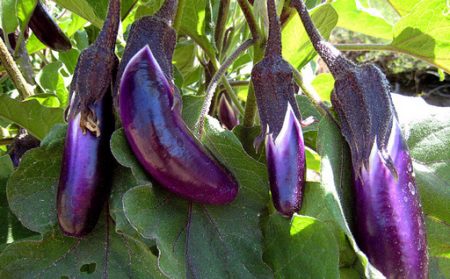
What to do?
You need to relate to crop rotation. This means that when harvesting, all plant residues are destroyed. This is especially true for self-growing seeds. They need to be taken only from healthy and strong plants. In the second season, the plants will be affected even more than in the first. Treatment is the removal of diseased eggplant and soil disinfection.
Late blight
The next viral eggplant disease in the greenhouse (photo), we will talk about its treatment below. Damage occurs with rusty brown spots of leaves, fruits and stems. If the greenhouse is damp, then a white coating often appears on the inside of the leaves. With high humidity, the plant rots, and with dry air it simply dries. Sudden changes in temperature and cold air activate the development of late blight.
What to do?
You will need a 0.2% solution of copper sulfate, it can be noticed by another drug with a copper content. An evening spraying of the plant is carried out. The disease can develop regardless of the specific vegetative period. Chemistry for spraying should not be used, otherwise, ripened fruits will be dangerous for people.
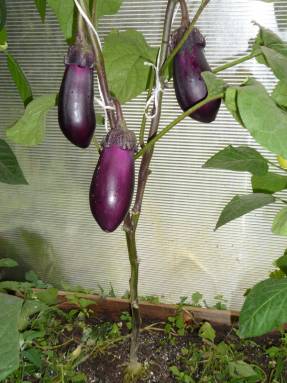
You can also treat eggplant for late blight with tincture of garlic. Three liters of water takes a glass of chopped fresh garlic. Insist ten days, dilute with water in a ratio of one to one and carry out spraying.
White rot
Another fungal disease that can affect eggplant in greenhouses. The lesions are white, it is like a plaque that appears first in the upper part of the stem. Over time, solid sclerotia form, which prevent food from flowing to certain parts of the plant. As a result, the eggplant begins to fade and simply dries. Most often, the disease manifests itself at the stage of planting seedlings at cold air temperatures. The disease is focal in nature. Fruits can be affected, then they are soft, watery, white plaque can also be noticed on them.
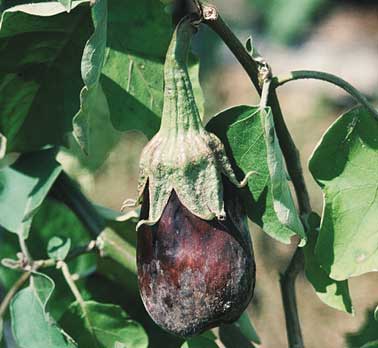
What to do?
When planting a plant, waterlogging of the soil and air must not be allowed. Eggplant cleaning should be carried out regularly, to clean the affected stems, castings and fruits. You can lubricate the affected areas with chalk or wood tar. If the plant is sick, it must be watered with warm water.
If you know the eggplant diseases in the greenhouse (photo) and their treatment is carried out promptly, then you can save most of the harvest. Plus, you should definitely remember that the best protection is prevention even at the stage of seed planting. Have a nice summer season.

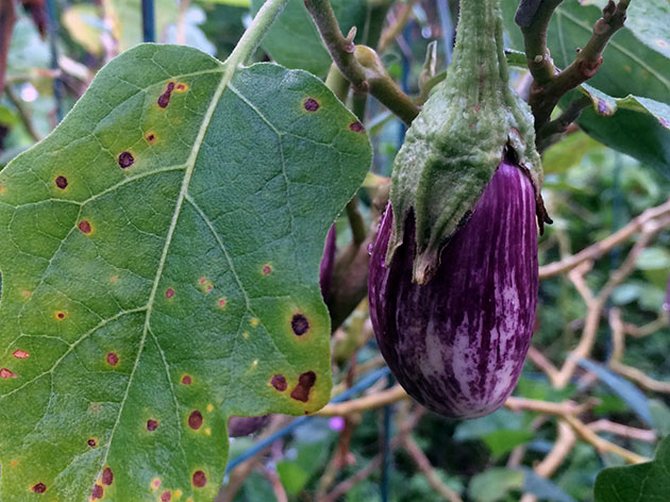
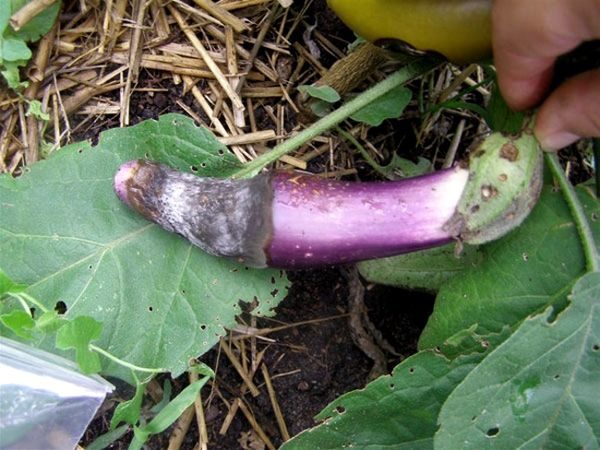
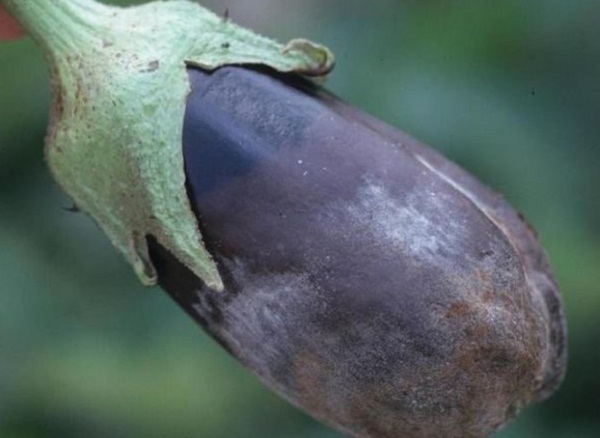
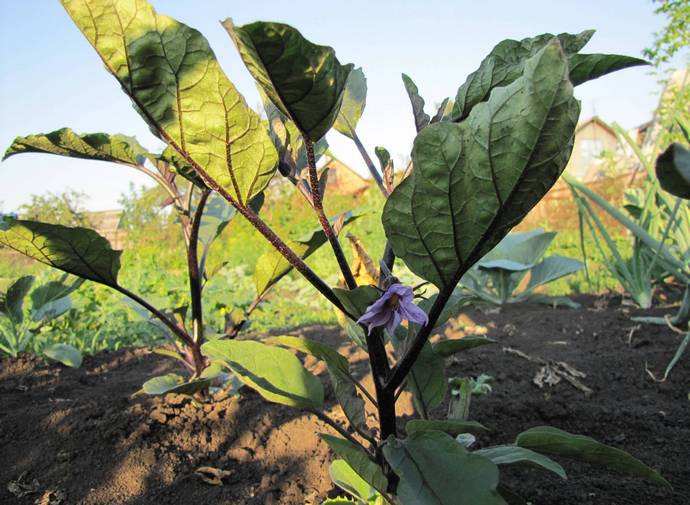 Eggplant have a empty flower? Save together with simple methods
Eggplant have a empty flower? Save together with simple methods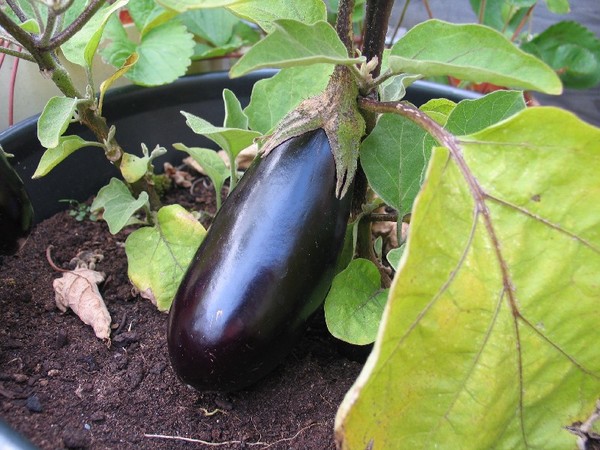 Why and what to do if the leaves turn yellow and wilt in the eggplant
Why and what to do if the leaves turn yellow and wilt in the eggplant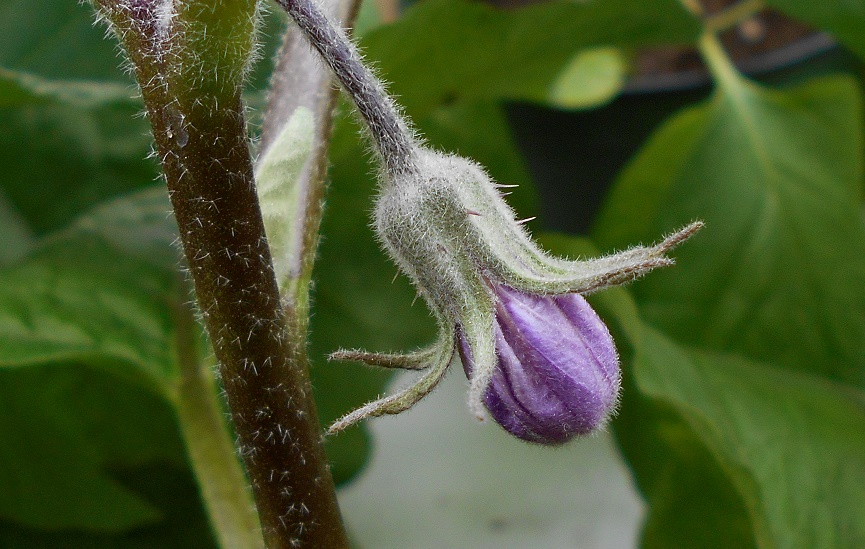 How to help eggplants to prevent flowers falling in the greenhouse?
How to help eggplants to prevent flowers falling in the greenhouse?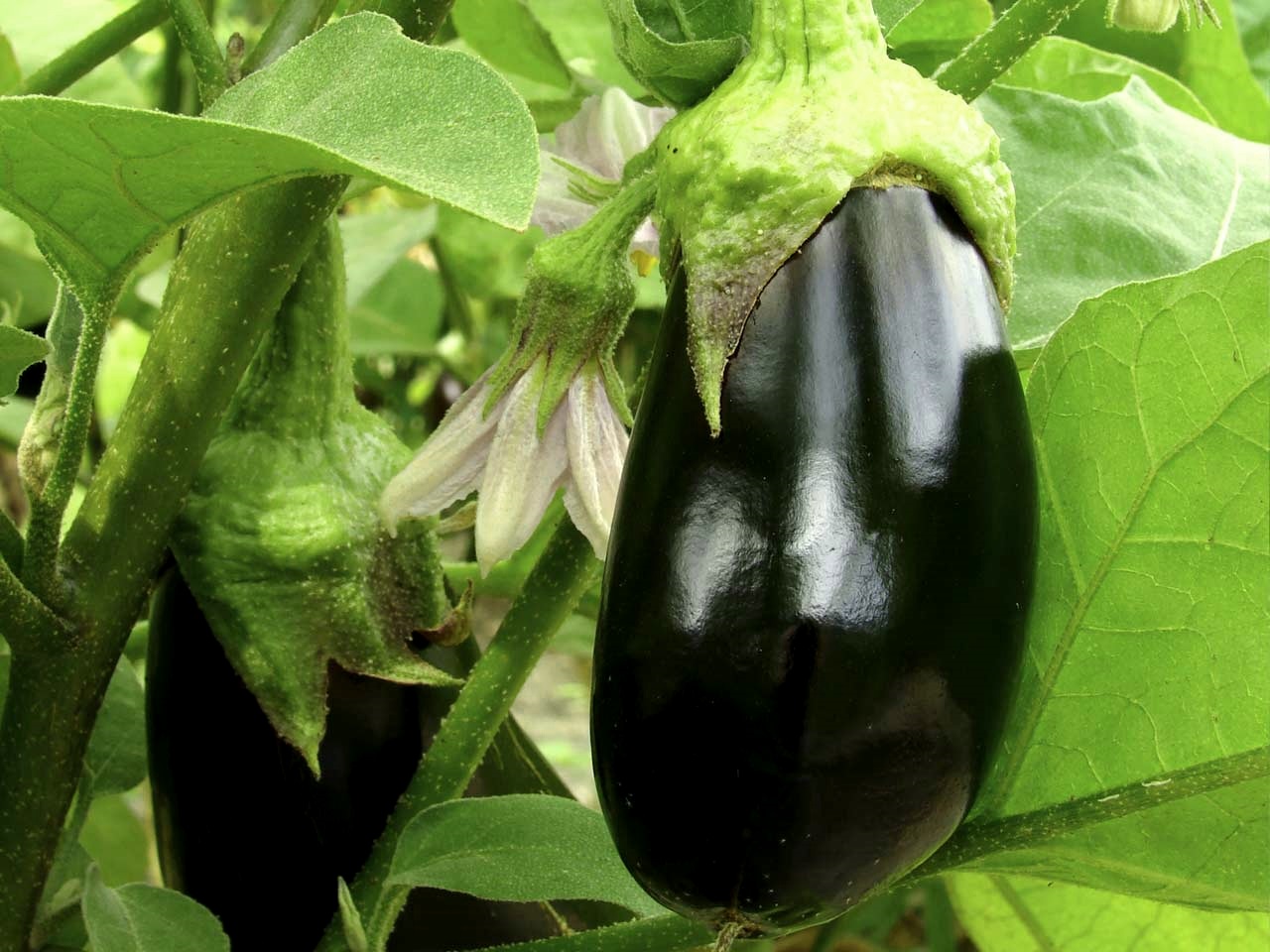 What to do to get a good eggplant crop in a greenhouse
What to do to get a good eggplant crop in a greenhouse